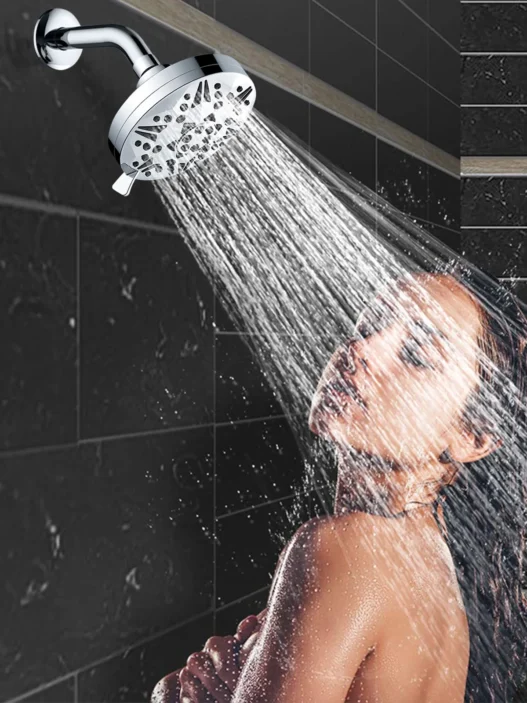Indoor gardening can be a highly rewarding hobby, bringing nature into your home and boosting your well-being. However, it’s important to remember that indoor gardens require regular maintenance to thrive. Whether you’re an experienced plant lover or a newcomer to the indoor gardening world, these essential tips will help keep your plants healthy, lush, and vibrant.
1. Choose the Right Plants for Indoor Spaces
Before diving into maintenance, ensure you’re starting with the right plants. Not all plants thrive indoors, so select varieties that are suited to indoor conditions. Some great options for indoor gardens include:
- Spider Plant (Chlorophytum comosum)
- Snake Plant (Sansevieria)
- Peace Lily (Spathiphyllum)
- ZZ Plant (Zamioculcas zamiifolia)
- Aloe Vera
These plants are resilient, low-maintenance, and can adapt to a variety of indoor environments.
2. Watering: A Delicate Balance
Watering is one of the most common challenges for indoor gardeners. Both overwatering and underwatering can harm your plants. Here’s how to strike the right balance:
- Check the Soil: Before watering, check if the soil is dry by sticking your finger about 2 inches into the soil. If it feels dry, it’s time to water.
- Use the Right Amount: Water thoroughly but make sure there’s no standing water in the pot’s saucer to prevent root rot. Ensure that the pot has drainage holes.
- Water Frequency: The frequency of watering depends on the plant species, pot size, humidity, and temperature. Most indoor plants benefit from watering every 7-10 days, but always check the soil before deciding.
3. Ensure Proper Lighting
Indoor plants need adequate light to thrive, but they don’t always get it naturally. Place your plants near windows where they can access natural sunlight, but be cautious about direct sun exposure, as this can scorch their leaves. If natural light is insufficient, consider using grow lights. These lights are designed to mimic sunlight and are a great investment for keeping your indoor garden healthy.
- Low-light Plants: If you don’t have access to ample natural light, opt for plants that can thrive in low-light conditions, such as the snake plant or pothos.
- Rotate Plants: To ensure all parts of the plant receive even light exposure, rotate your plants every couple of weeks.
4. Maintain Humidity Levels
Indoor plants, especially tropical varieties, need a higher level of humidity to flourish. Low indoor humidity, especially in winter, can lead to dry, brown tips and general plant stress. Here’s how to maintain optimal humidity for your indoor garden:
- Humidity Trays: Place shallow trays filled with water and pebbles under your plants. As the water evaporates, it increases humidity around the plant.
- Humidifiers: Invest in a room humidifier to maintain a consistent level of moisture in the air.
- Misting: Lightly misting your plants can help maintain moisture levels, but be careful not to overdo it, as this can lead to mold growth.
5. Regular Fertilizing
Indoor plants have limited access to nutrients, as the soil in pots can become depleted over time. To keep your indoor garden vibrant, regular fertilization is key. However, overfertilizing can harm your plants, so be mindful of the type and frequency of fertilizers you use:
- Liquid Fertilizer: Use a balanced, water-soluble fertilizer diluted to half strength. Apply during the growing season (spring and summer) every 4-6 weeks.
- Slow-release Fertilizer: If you prefer a more low-maintenance approach, slow-release granules can be added to the soil once every few months.
- Organic Fertilizers: Compost tea or fish emulsion are excellent natural options for feeding your plants.
6. Pruning and Deadheading
Pruning is essential for keeping your indoor garden healthy. Removing dead or damaged leaves helps prevent the spread of diseases and encourages new growth. It’s also a great way to shape your plants and maintain their aesthetic appeal.
- Deadheading: Remove spent flowers regularly to encourage new blooms and prevent the plant from wasting energy on old flowers.
- Pruning: Cut back overgrown or leggy stems to keep your plant compact and bushy.
7. Repotting When Necessary
As plants grow, they can become root-bound, where their roots outgrow the pot. This leads to poor growth and weak plants. If you notice roots growing through the drainage holes or if the plant seems to stop growing, it’s time to repot. Here’s how:
- Choose the Right Pot: Select a pot that’s 2-3 inches larger in diameter than the current one.
- Repot in Spring: The best time to repot is in spring when plants are actively growing. Gently remove the plant from its current pot, shake off the old soil, and place it in the new pot with fresh, well-draining soil.
8. Pest Control
Indoor plants are susceptible to pests, especially if they are not cared for properly. Common indoor pests include spider mites, aphids, and mealybugs. Here’s how to keep them at bay:
- Inspect Regularly: Check the leaves, stems, and soil of your plants for any signs of pests. Look for webbing, sticky residue, or visible insects.
- Natural Remedies: Use insecticidal soap or a mixture of water and mild dish soap to wash off pests.
- Introduce Beneficial Insects: Certain beneficial insects, like ladybugs, can help control pest populations.
Conclusion
Effective indoor garden maintenance requires a combination of proper watering, lighting, humidity control, and regular pruning. With these tips, you can ensure your indoor garden remains healthy and beautiful throughout the year. By staying on top of these maintenance tasks, you’ll enjoy the rewards of vibrant, thriving plants that enhance your home and air quality.











